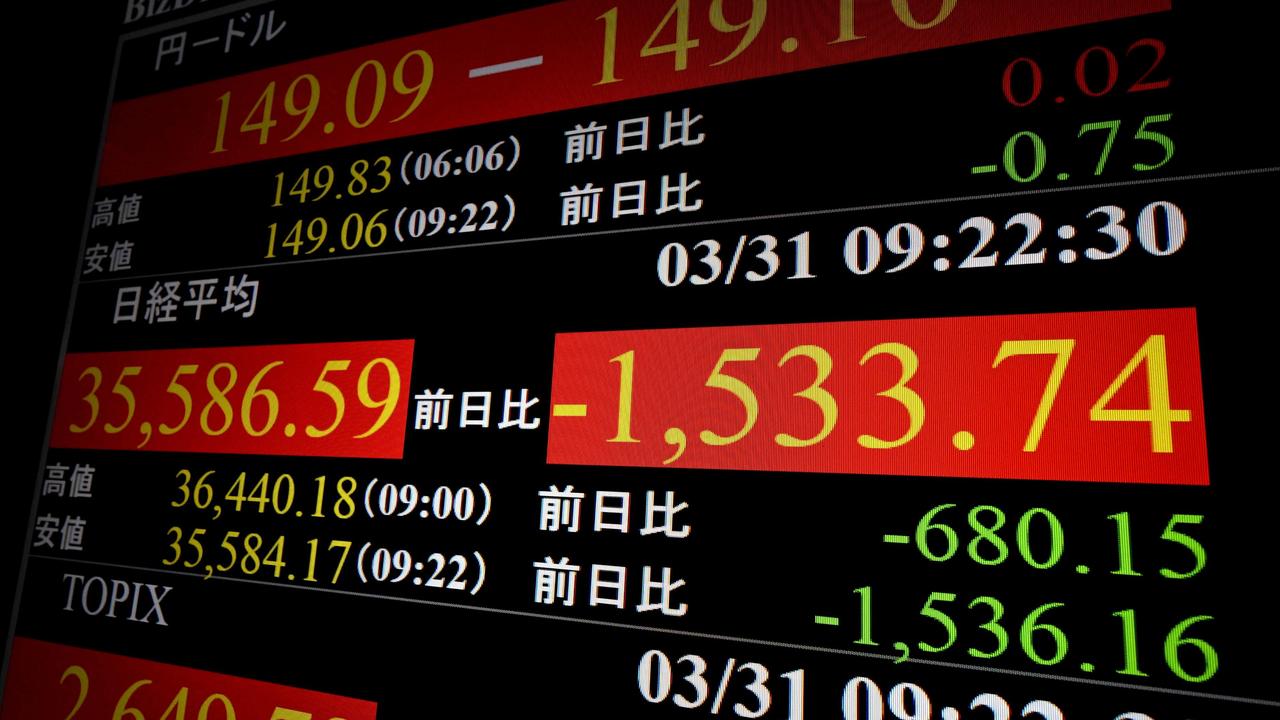Prosthetic device costs too high after deal: Medibank
Health insurance giant Medibank has called for tougher reforms to tackle the high price of prostheses.

Health insurance giant Medibank has called for tougher reforms to tackle the high price of prostheses as the industry questions the impact of a government agreement to tackle affordability concerns.
The listed health insurer said reforms announced in 2017 to address the high cost of medical devices in private hospitals, compared to the public system and similar countries, had not had the desired effect.
“The inflated bucket of money we are paying for prosthetic devices in Australia needs to be brought back to the international benchmark,” said Andrew Wilson, Medibank’s group executive of healthcare and strategy.
The federal government signed a deal with the Medical Technology Association of Australia in 2017 to cut the price of some items on the Prostheses List, which sets the price health funds must pay for devices.
The agreement was designed to save health insurers $1.1bn over four years, which they agreed would be passed on to customers via lower premium increases.
Health insurers have argued that the promised savings have been wiped out by a jump in prostheses volume and new items being added to the list.
Health Minister Greg Hunt has responded to the concerns by ordering the Health Department review the Prostheses List to ensure that currently listed items met the listing criteria.
Medibank said its data showed that since the Prostheses List reforms were implemented, there had been a shift from discounted items to new non-discounted items for some product groups.
The health insurer highlighted one example, which showed it was paying more for new, high-cost items relating to ear, nose and throat surgery than discounted items. Medibank paid about $14m for two new speech processors between February 2018 and May 2019.
Under the product group “staples & tracker”, Medibank saw a shift from discounted items to new ones introduced in February 2018, which were subject to a smaller discount. The insurer’s data showed that 26 per cent of the benefit it paid for staples in May 2019 was on new items, compared to only 2 per cent in May 2018.
Dr Wilson said there had been a concerted effort by the medical device industry to offset the price cuts by adding more volume.
“We need further reform to bring prices down where they are above the international benchmark,” Dr Wilson said. “We also need to address the increase in the volume of non-medical devices on the list, such as glues.”
Ian Burgess, chief executive of the Medical Technology Association of Australia, said every item that was added to the Prostheses List went through a process. A decision was made by the minister, based on a recommendation from the Prostheses Advisory Committee.
Mr Burgess said the glues listed were complex technologies that were backed by evidence and science concerning their clinical effectiveness.
Bupa’s Australian health insurance boss Dwayne Crombie said there were obvious price reductions for some items on the Prostheses List outlined in the 2017 agreement.
“What the minister and the health insurance industry didn’t figure out was how skilful they (medical device companies) would be at putting other items on the list,” Dr Crombie said.
“If you look at the figures, they have a corresponding amount of extra revenue by getting new stuff on the list and pushing it, which has made up for the loss in price. That is probably not in the spirit of the (government) agreement.”
Health insurers have argued that after the agreement prices of medical devices in the private system remained substantially above comparable health markets.
The industry says that the second most popular drug-eluting stent sold on the Prostheses List — the Xcience by Abbott Australasia — cost $2484 when purchased by Australian private health insurers, even after the 20 per cent reduction in the MTAA agreement. In New Zealand the same product costs $486.



To join the conversation, please log in. Don't have an account? Register
Join the conversation, you are commenting as Logout